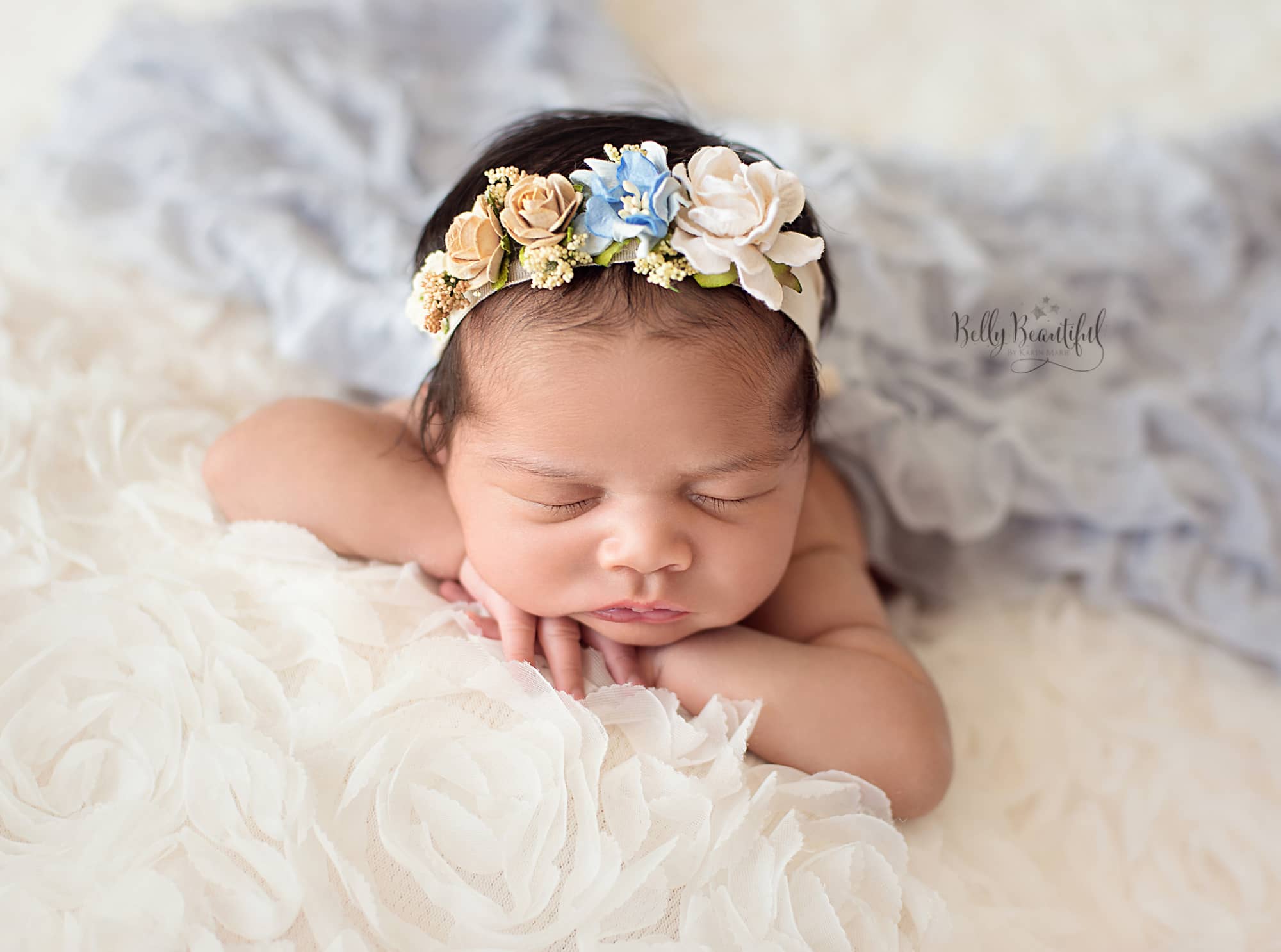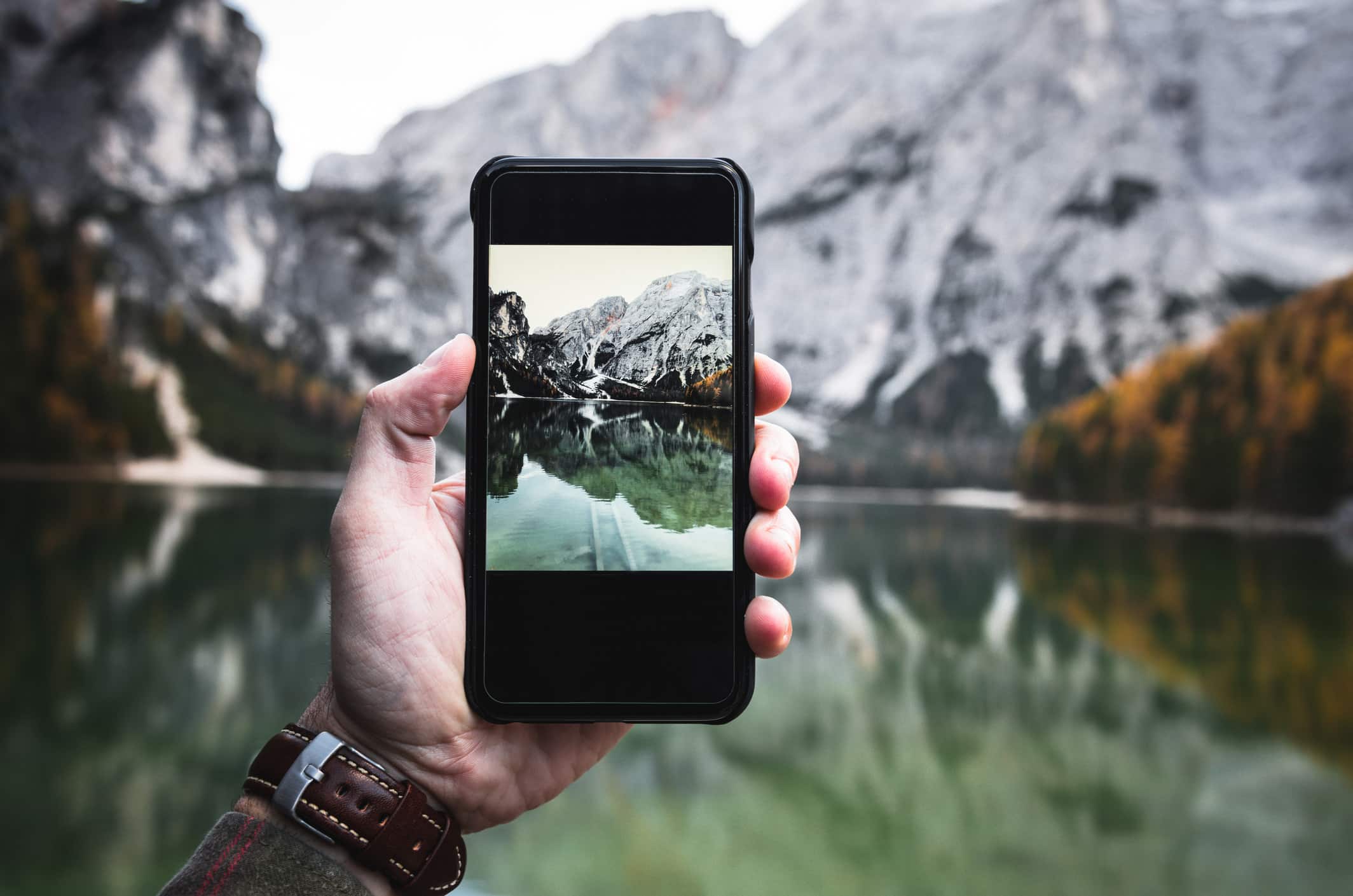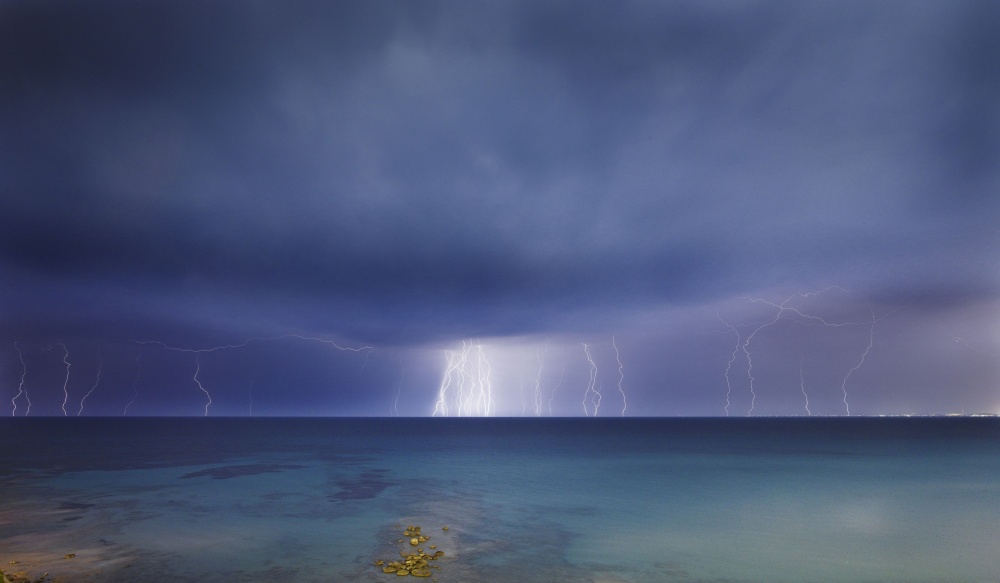Tips & Tricks
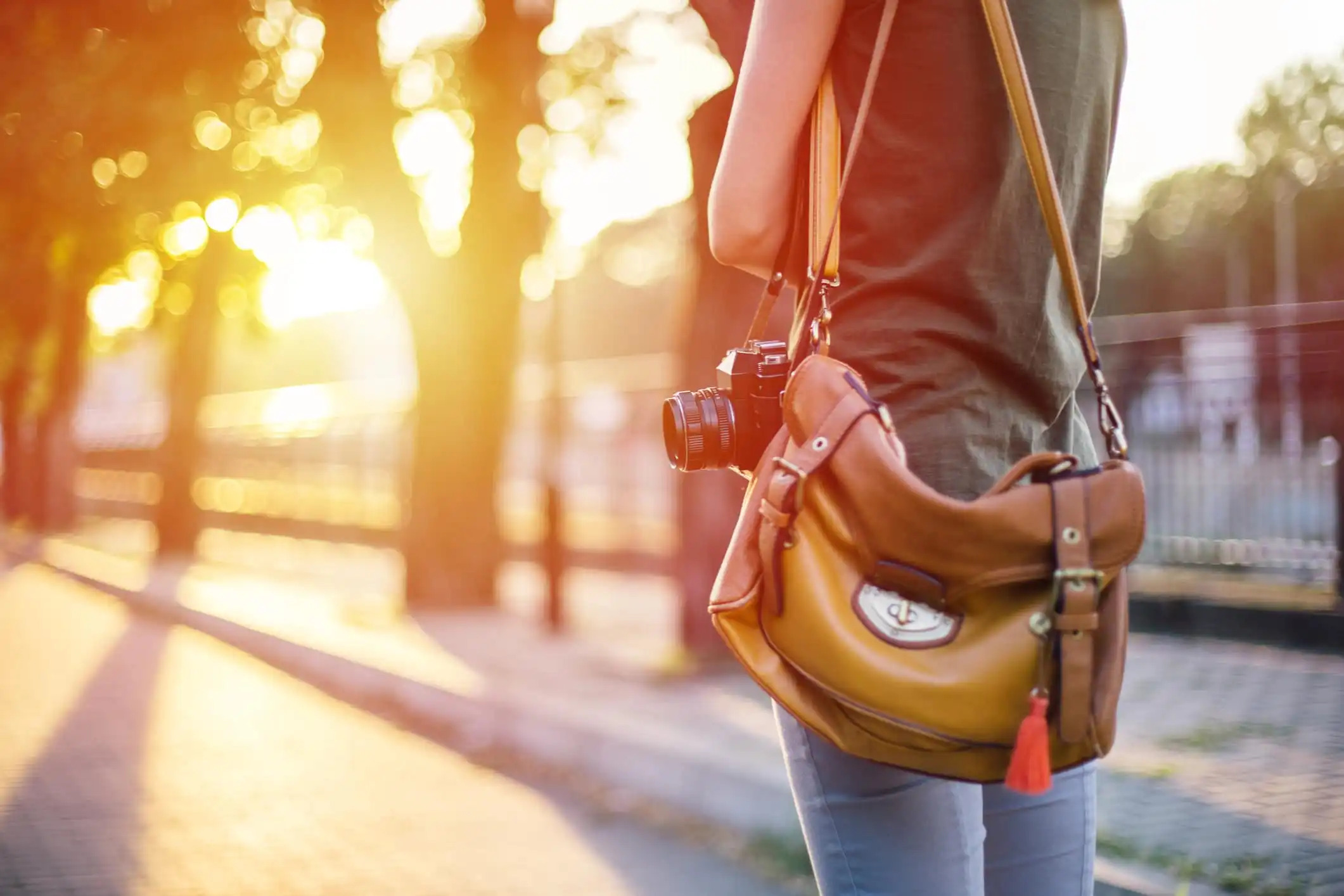
What Lens is Best For You?
Photography Talk
It's something that you'll need to consider at one point or another - what lens should you buy?
It's a question that's a little difficult to answer, too, given that there are so many options out there.
From wide-angle to telephoto, prime to zoom, there's tons of combinations of features to consider.
In the video above, Peter McKinnon offers up a few tips for narrowing down the field of lenses to zero in on the one that's best for you.
He's a Canon shooter, but you can find similar features on lenses for any other type of camera system.
Give the video a watch, and read on below for details about each lens Peter discusses.
50mm f/1.2
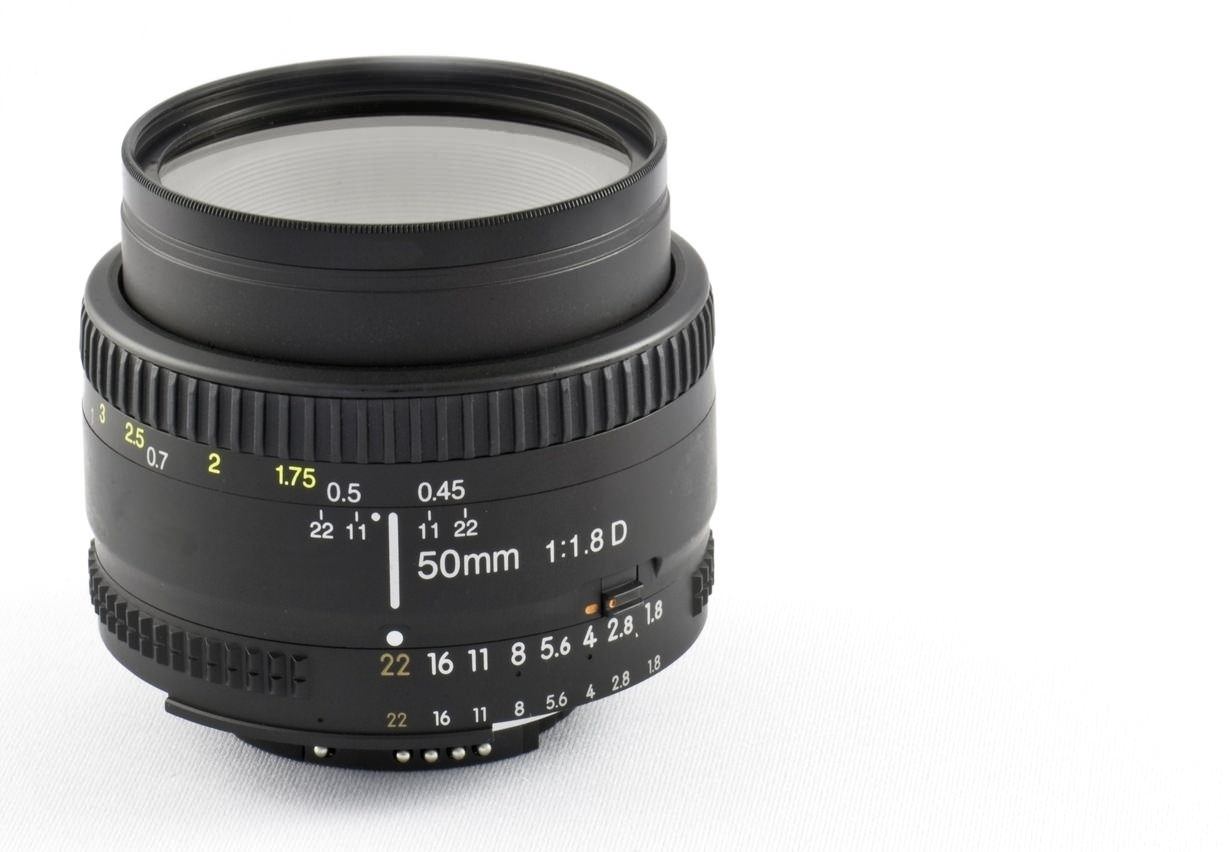
As Peter notes in the video, some lenses are great for still photos, others are great for video, and others are great for both.
A 50mm f/1.2 lens is an ideal lens for video because it offers superb depth of field, gorgeous bokeh, and with that f/1.2 aperture, you can shoot video in low light situations.
The f/1.2 version of this lens is the priciest of the 50mm family, but if you shoot a lot of videos, that price tag is probably going to be worth it to you.
However, some photographers have noted that it's hard to get super sharp still photos with an f/1.2 lens, so just bear that in mind if you're considering buying one.
Another option would be to go with another 50mm version, like the f/1.4 or f/1.8, the latter of which is very well priced.
Learn More:
70-200mm f/2.8
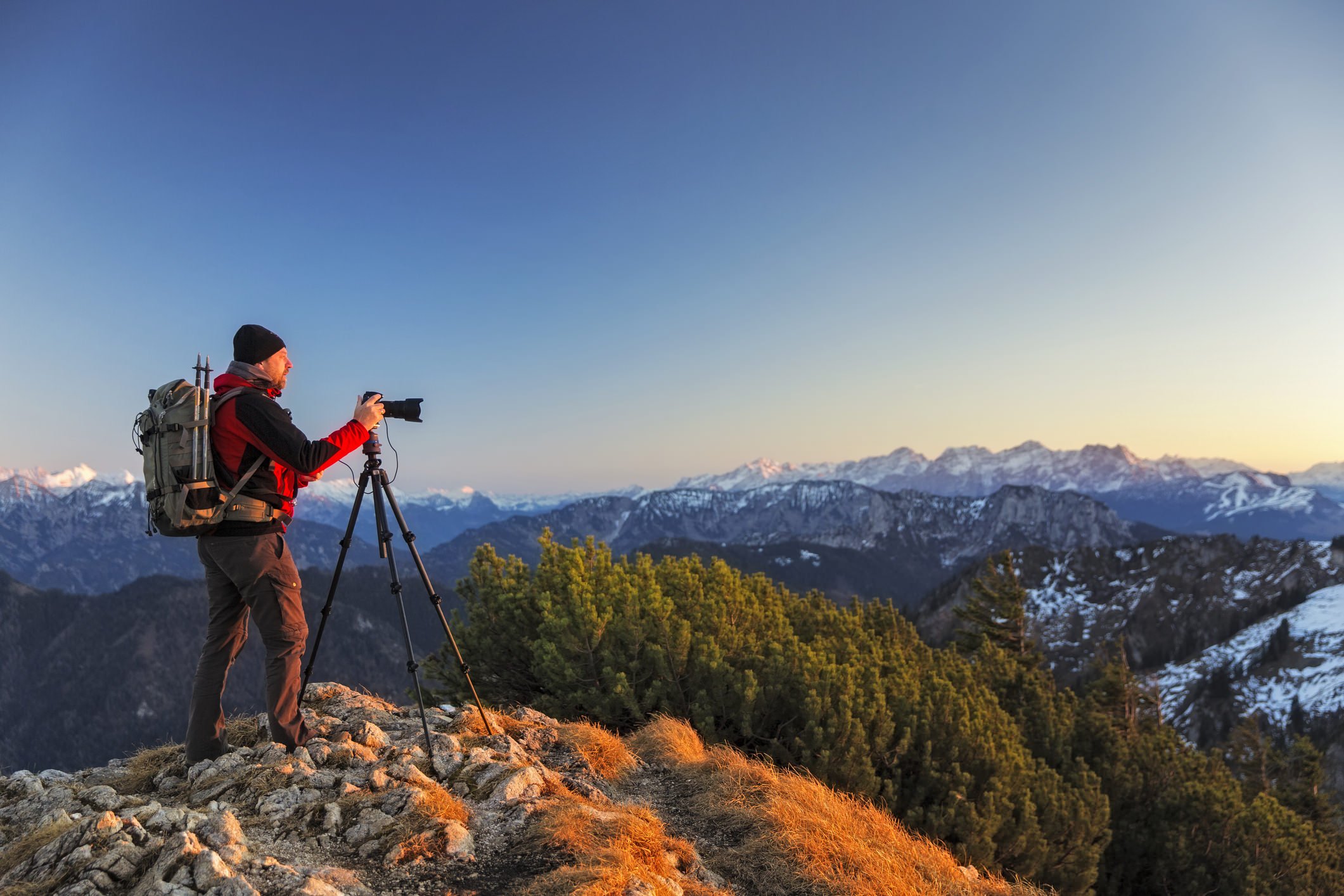
If you shoot both photos and videos, a top choice according to Peter is a 70-200mm f/2.8.
The great thing about this lens is that at 70mm, you get close enough to 50mm to cover the standard focal range while also covering the popular 85mm focal length and extending well into telephoto territory at 200mm.
In other words, this is a super versatile lens that you can use for portraits (as seen below), landscapes, wildlife photography, action or sports photos, and so on.
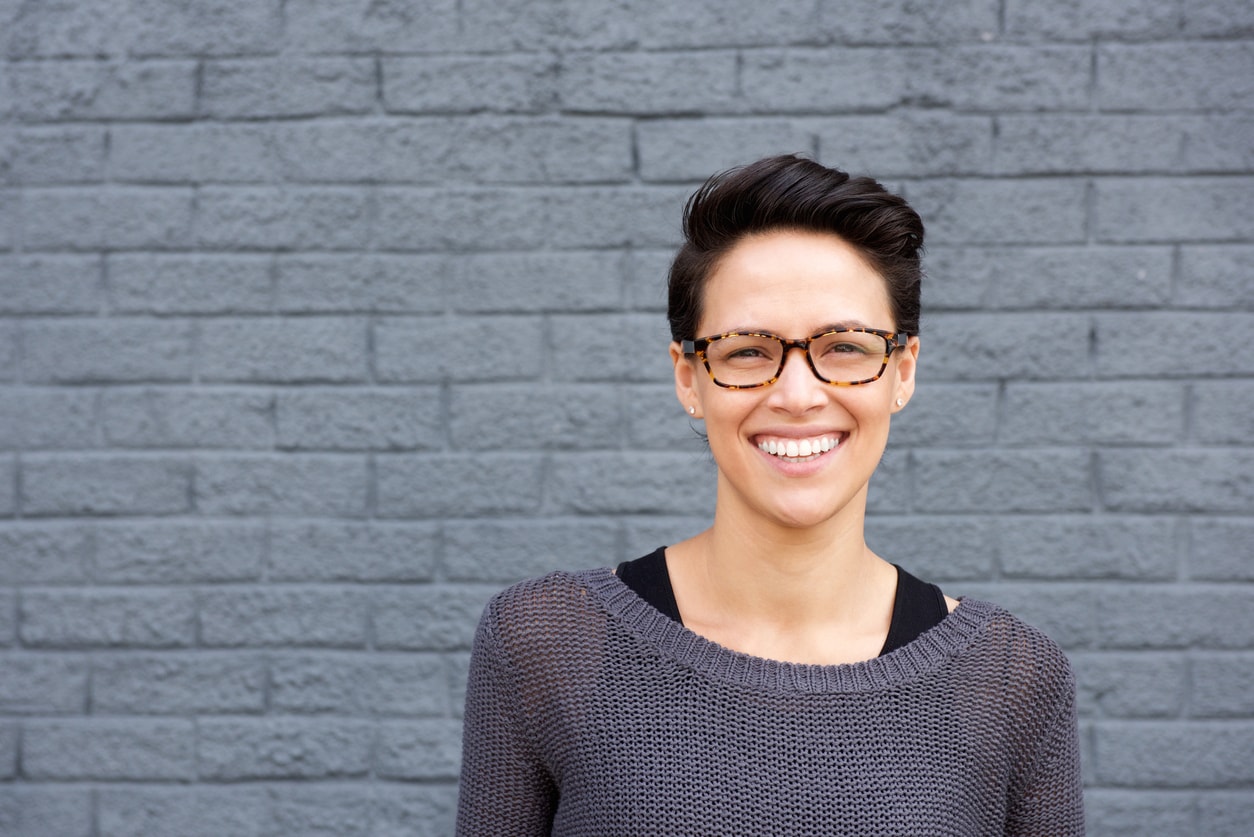
It's not as fast as the 50mm lenses outlined above, but at f/2.8, you've still got plenty of aperture to get nice bokeh and shoot in variable lighting conditions.
Plus, a single zoom lens like this can take the place of two, three, or even four prime lenses, so if you're on a budget, a big zoom might be the way to go.
Editorial Note: Want this lens? Be smart, save some money, and buy a pre-owned lens. Shop pre-owned lenses here.
24-70mm f/2.8
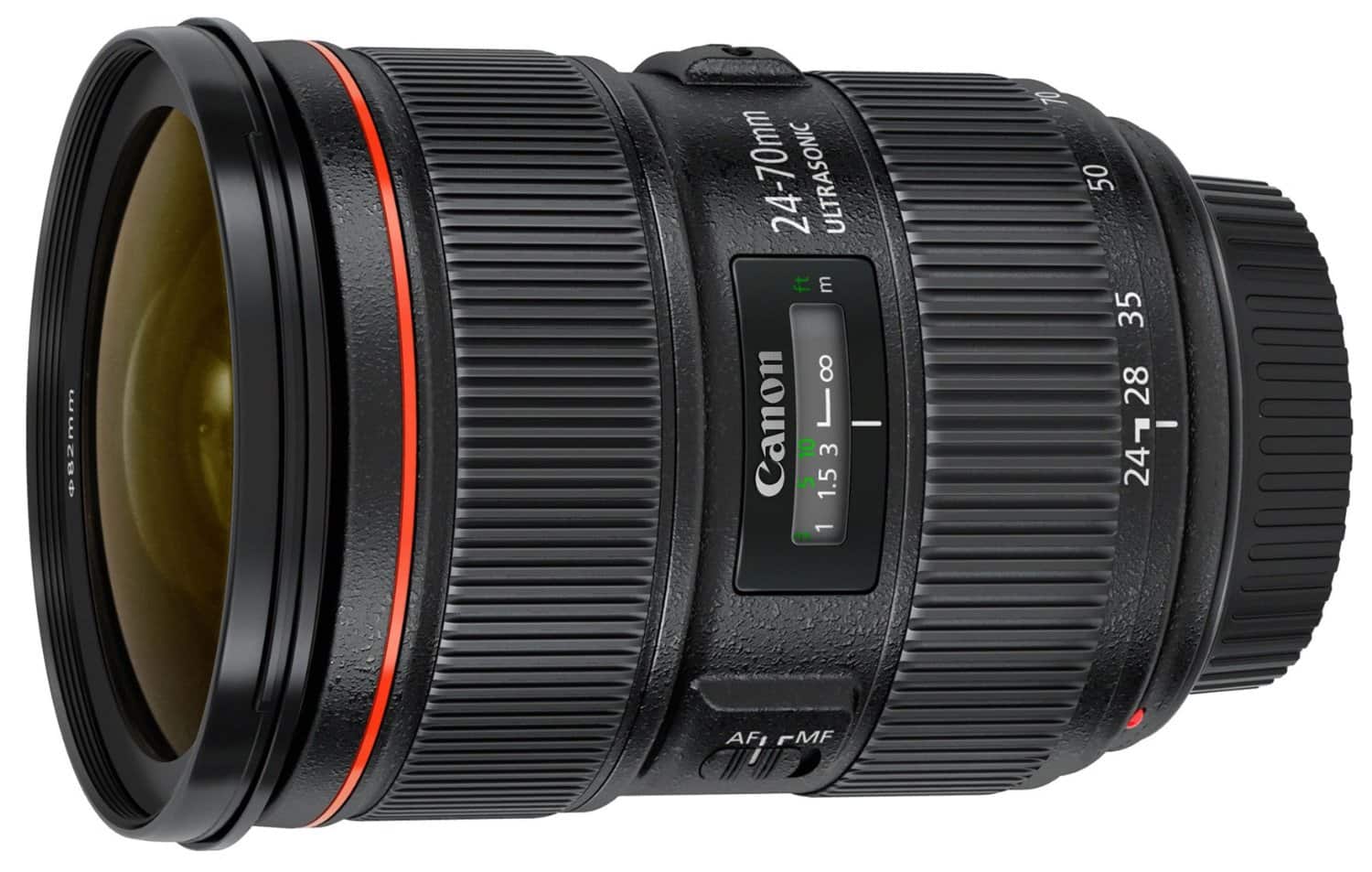
If a huge 70-200mm lens isn't your style, another zoom lens to consider is the 24-70mm f/2.8.
It has the same aperture as the previous zoom, so you have similar low-light and bokeh capabilities.
However, this shorter zoom is perhaps easier to handle given that it's a smaller package, and with a range from wide-angle to short telephoto, it's quite versatile as well.
Open it up to 24mm to shoot wide-angle landscapes, shoot portraits at 50mm, and extend it to 70mm to get close-ups of your subjects.
Of all the lenses on this list, this is perhaps the best middle-of-the-road solution because it's focal range is ideal for learning how to shoot for beginners, and for advanced photographers, it offers awesome capabilities for capturing the photos you want.
Learn More:
24-105mm f/4
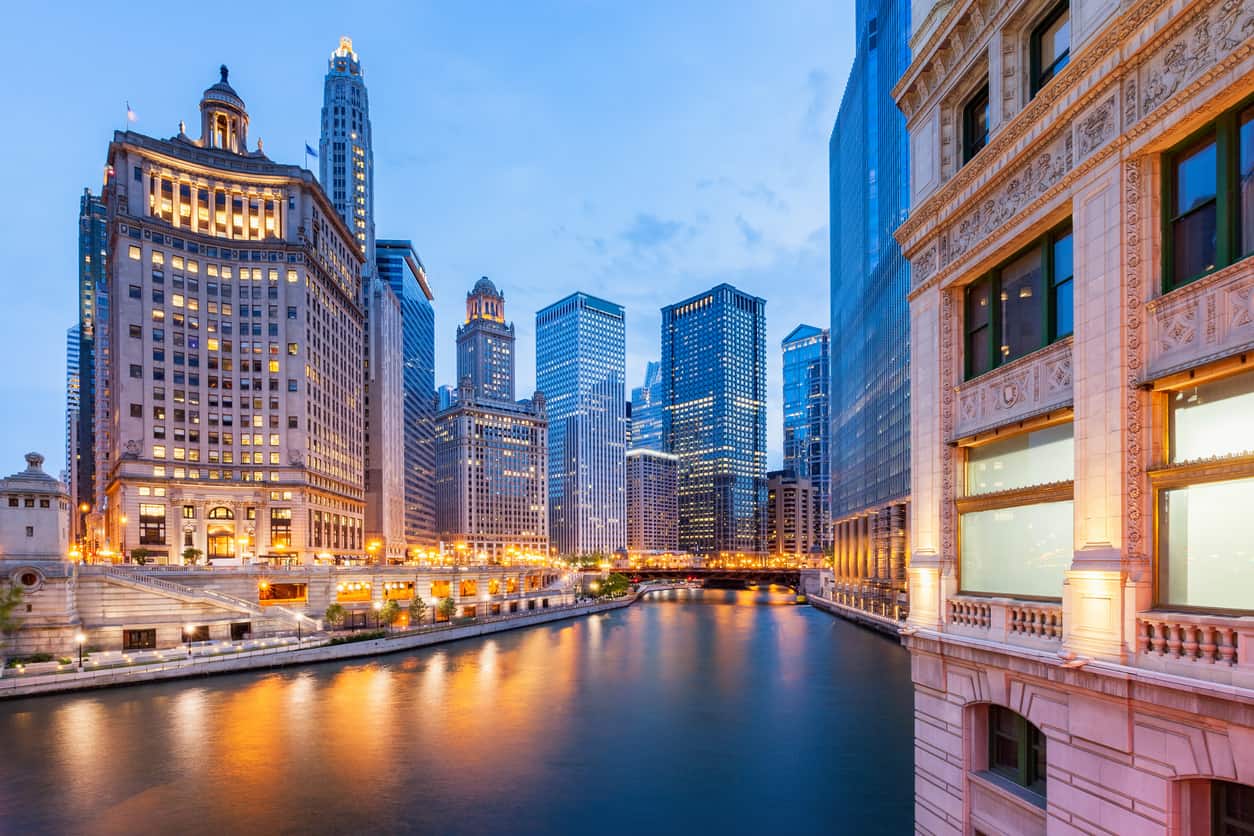
The thing with lenses is that the bigger the maximum aperture, the pricier they are.
That means that the previous lenses on this list aren't exactly cheap...
A less expensive option is the 24-105mm f/4, which doesn't have the same low-light shooting capabilities as the other lenses, but still offers tons of versatility in its focal range.
From wide-angle to telephoto, this lens will help you capture photos of virtually any subject. Take portraits of your kids playing in the yard, of the birds in the trees out front, of landscapes, cityscapes, and everything in between.
You can often find image stabilized versions of this lens as well, so you can shoot handheld at slower shutter speeds and still get sharp images.
Editorial Note: Why hold onto an old lens? If you aren't using it, list it for sale and use the money you get to go out and buy a different lens that will allow you to be a more productive photographer.
16-35mm f/2.8
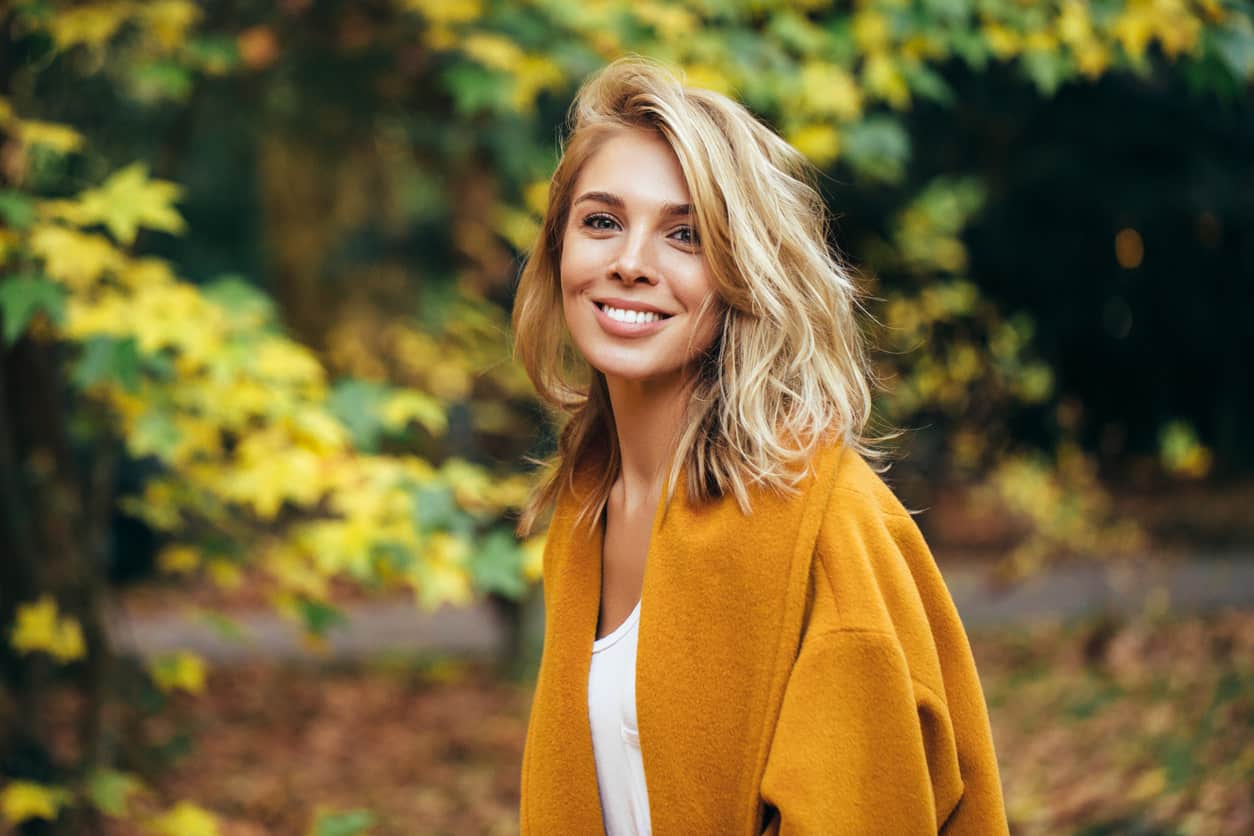
If your thing is to photograph landscapes and portraits, you might consider a zoom lens on the wider end of the focal length spectrum.
A 16-35mm lens is ideal for these pursuits because you can shoot landscapes at 16mm, portraits at 35mm, and get pleasing results for both.
But because it's a zoom, it offers more versatility than that...
You can also use this lens for street photography because it's relatively small and discreet. Architecture photography is another genre well suited to this lens because you can take wide shots that distort buildings in an interesting way or you can zoom it at 35mm and get a more normal rendition of the building.
And since it's got a maximum aperture of f/2.8, you get good low-light shooting as well.
Learn More:
Final Thoughts
When it comes down to it, buying a new lens can be a stressful (and expensive) endeavor.
But as Peter points out in his video, if you stop for a moment to think about what you want to accomplish with your lens, the type of subject matter you like to shoot, and whether you want to shoot still photos, videos, or both, you can narrow down the field of possible lenses to just a handful.
Better still, these days, you can find great lenses for a better price by buying used glass. As I noted above, you can also sell your old gear to fund buying newer stuff!
For more details on what lens might be best for you, check out the video above by B&H Photo Video.



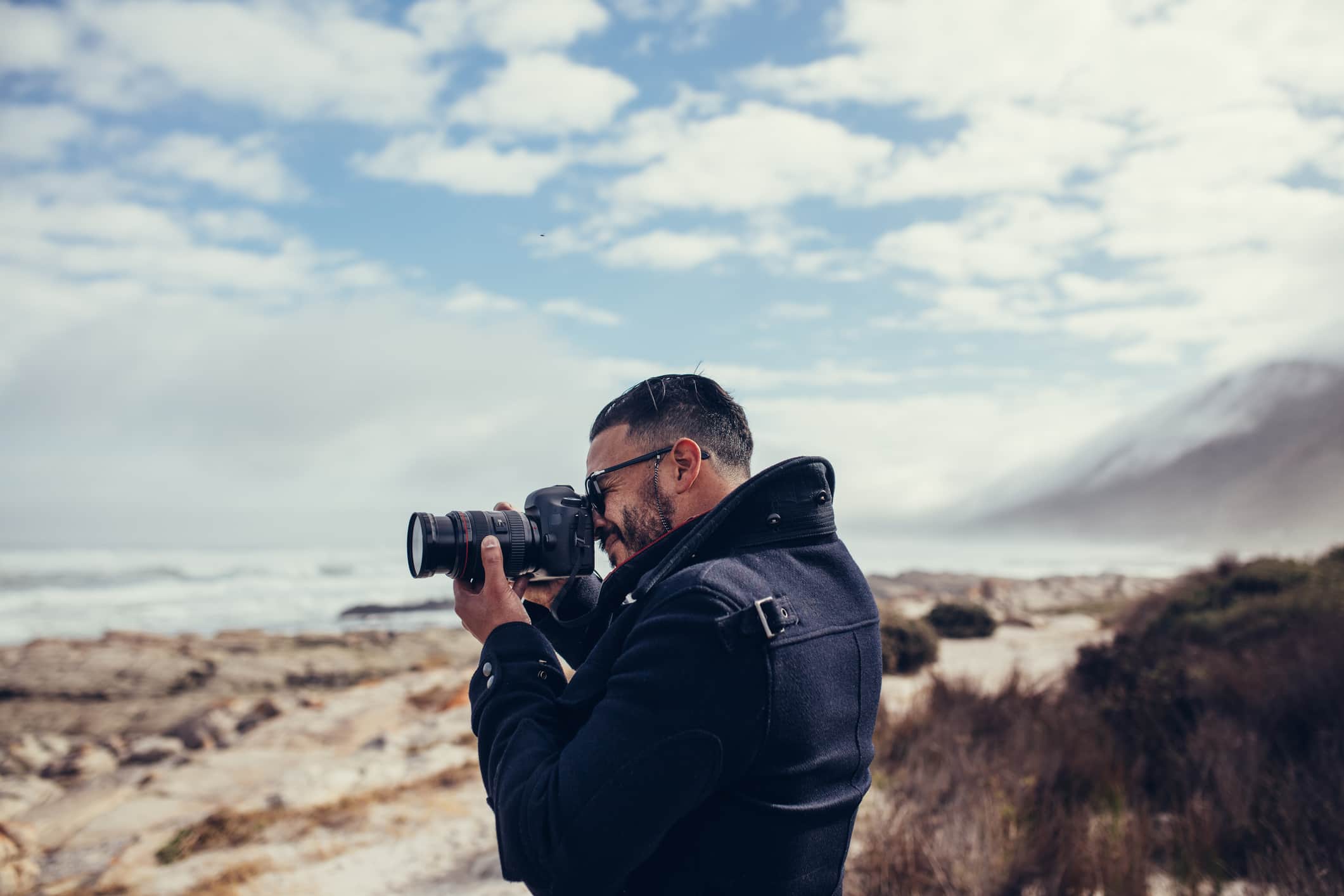
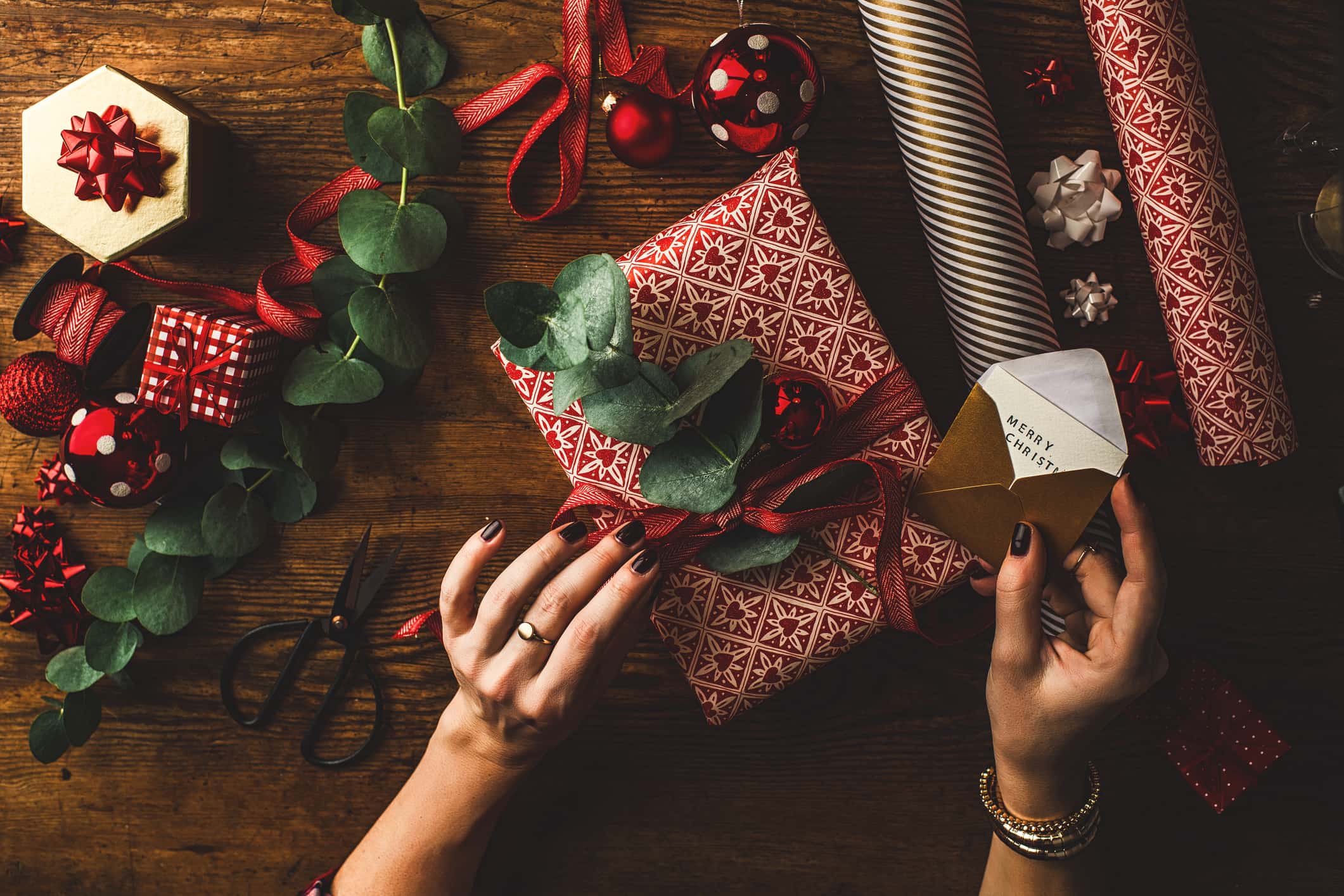
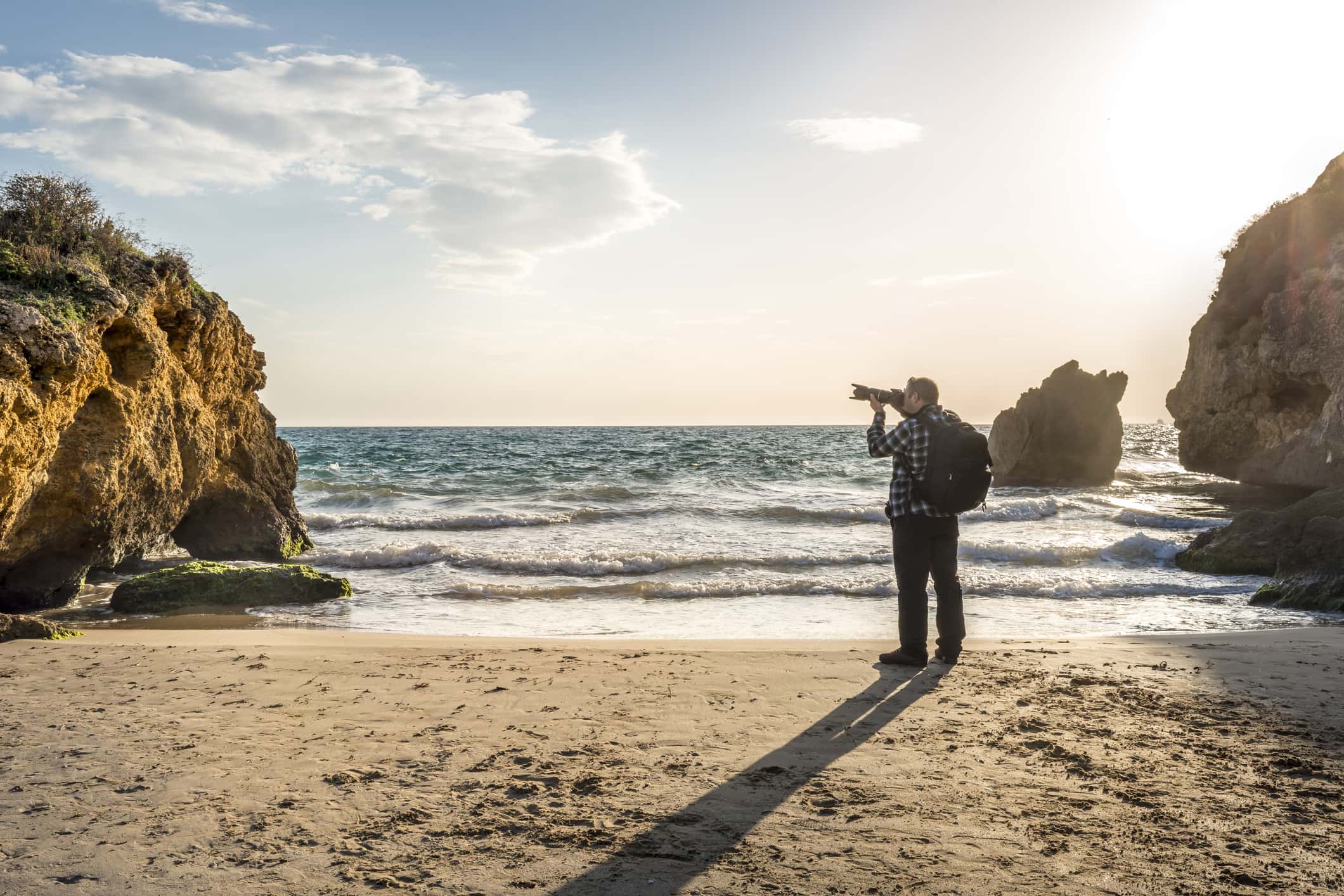







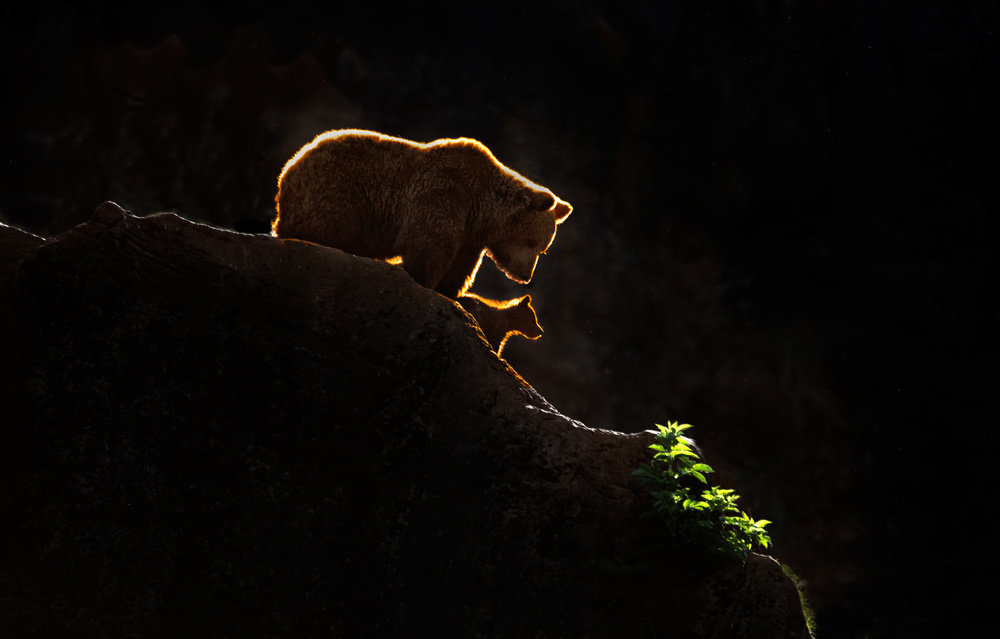



![Greek island bans all foreign weddings over one couple's photo [NSFW]: http://bit.ly/2zm2qQp](https://lh3.googleusercontent.com/-3xRcYef9w74/WeEVeB8LXXI/AAAAAAAAj2k/of3hA0dsOowdsd_FhCZjpJUVesoMOFLiQCJoC/w506-h750/wedding-photo1.jpg)



